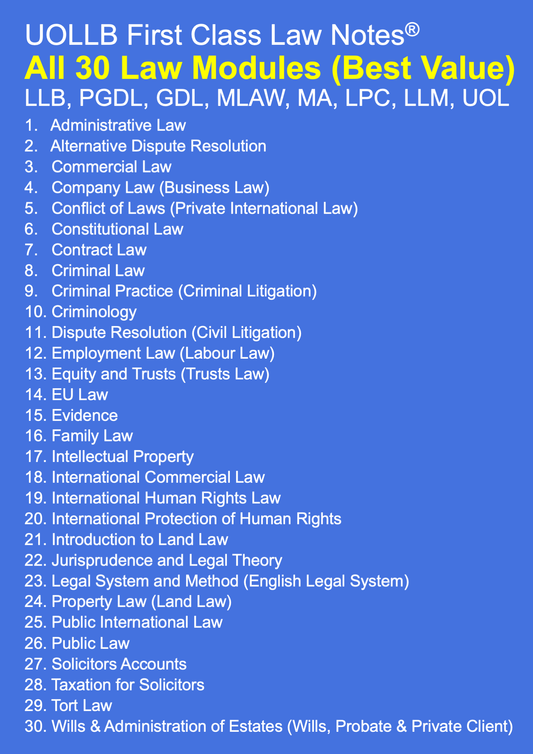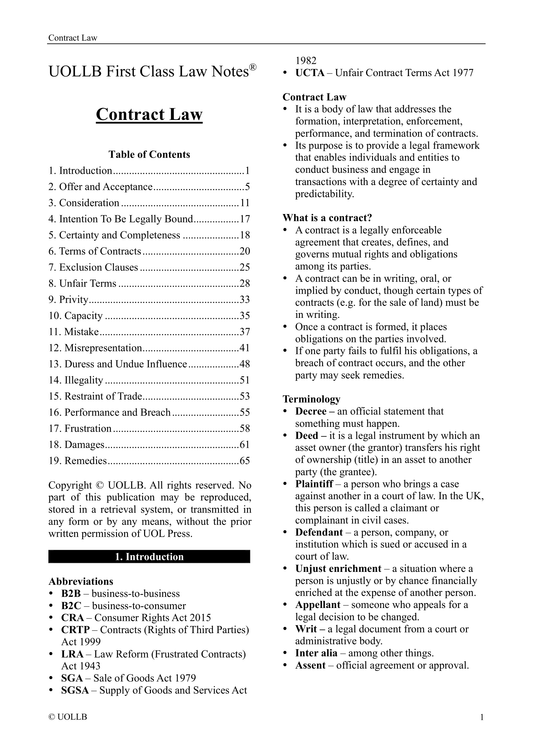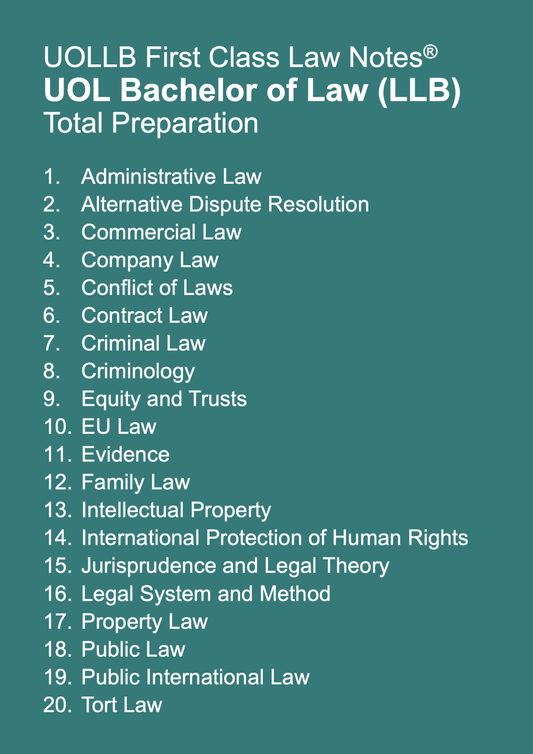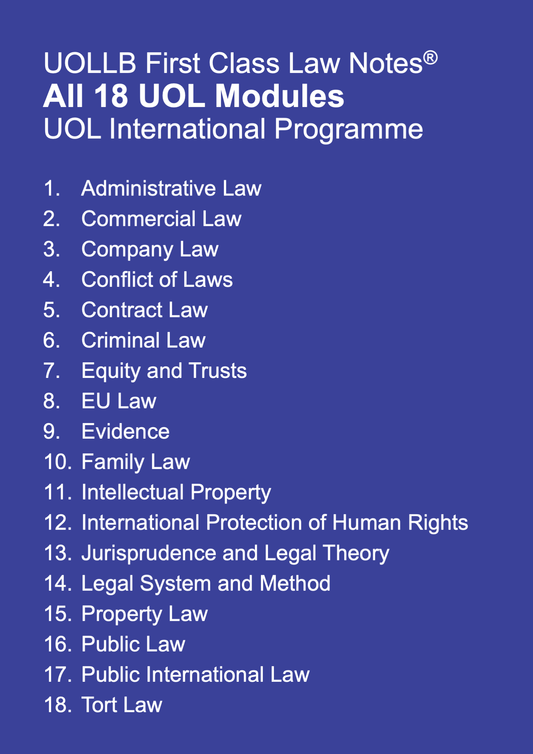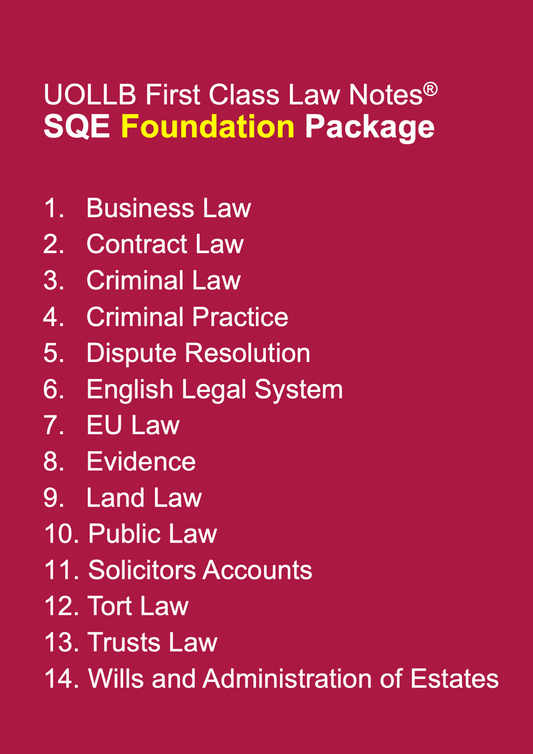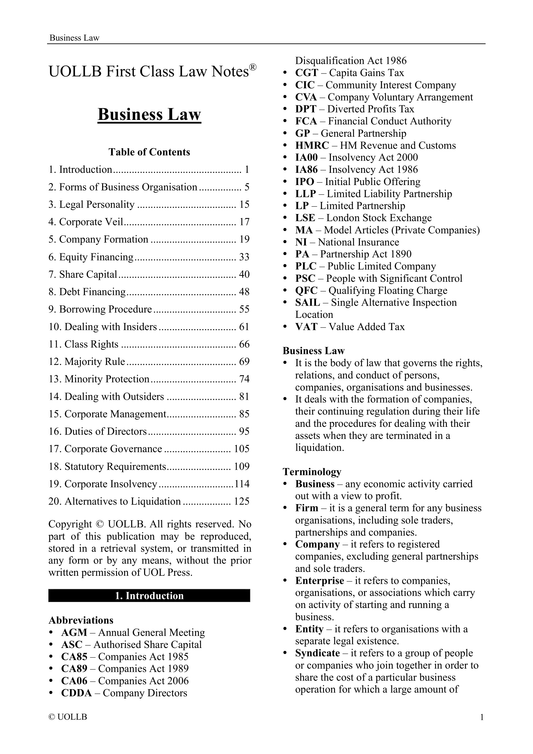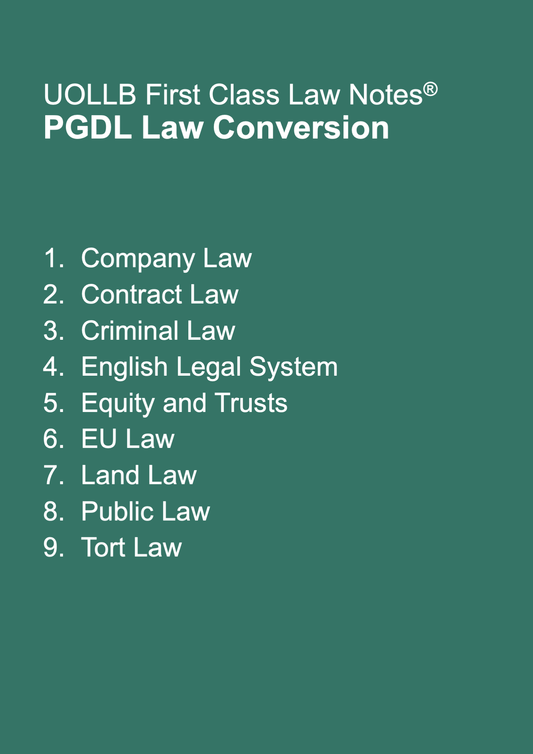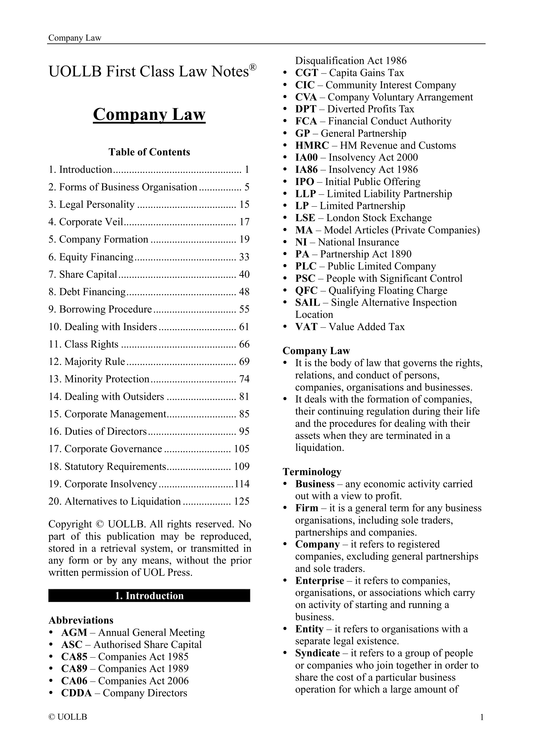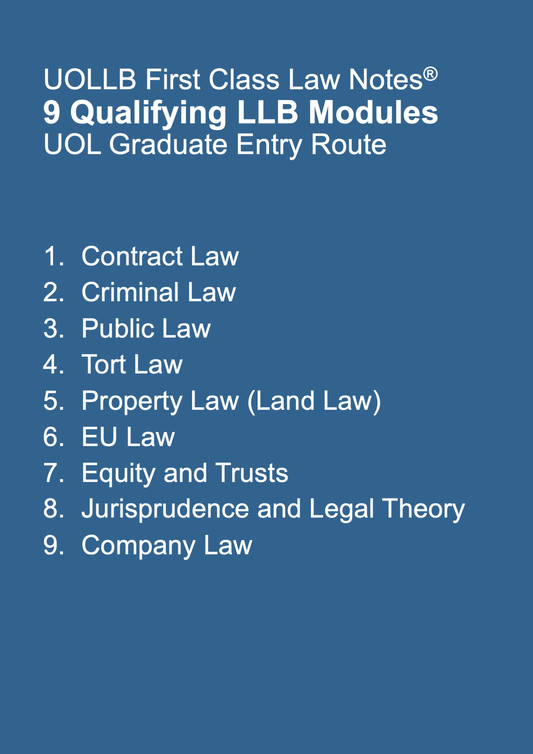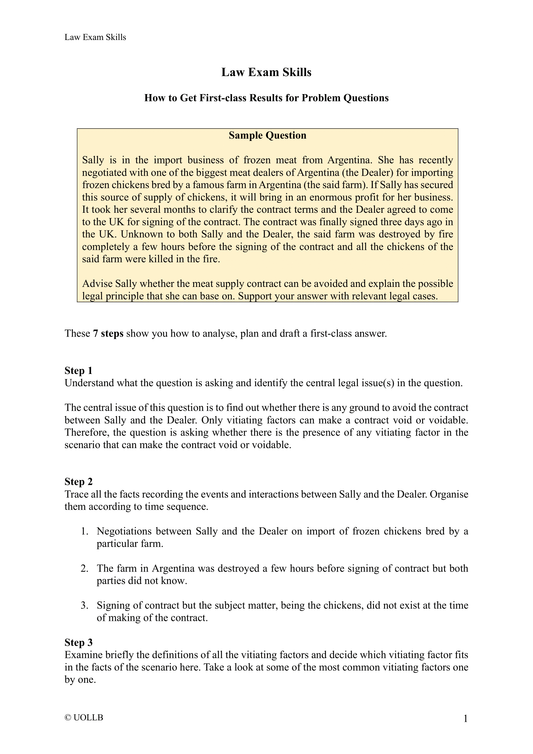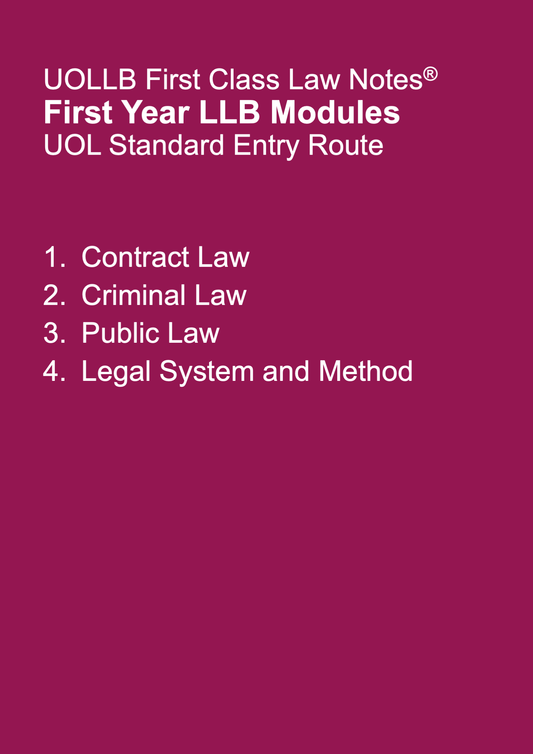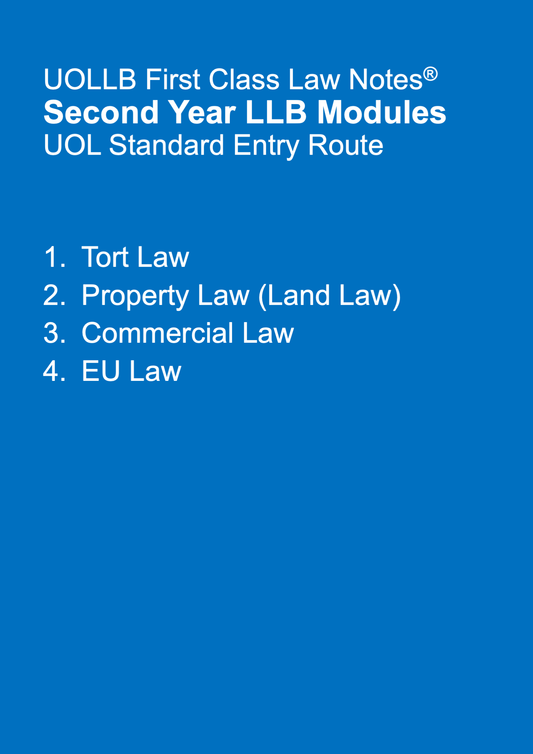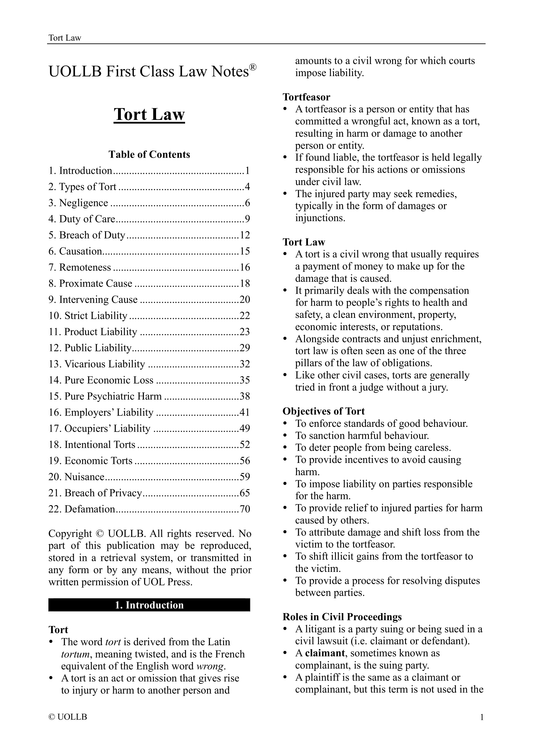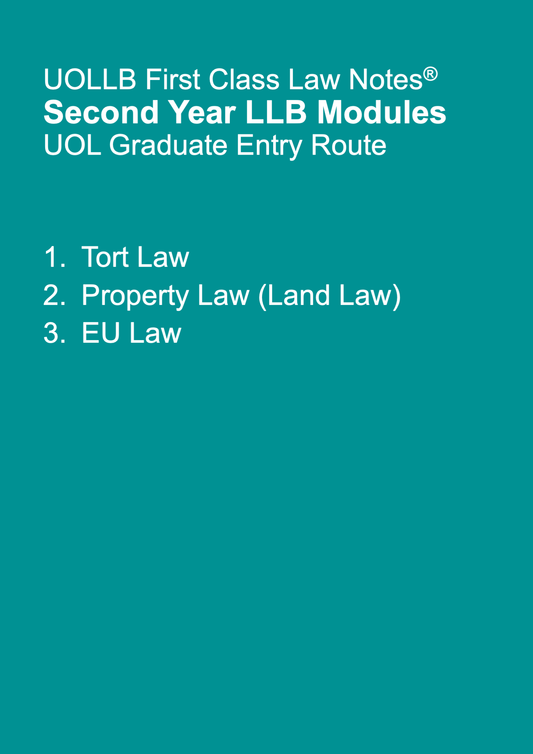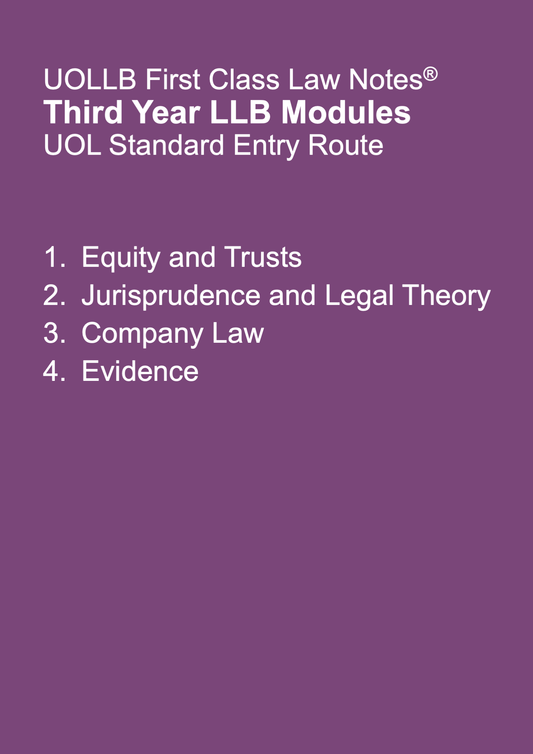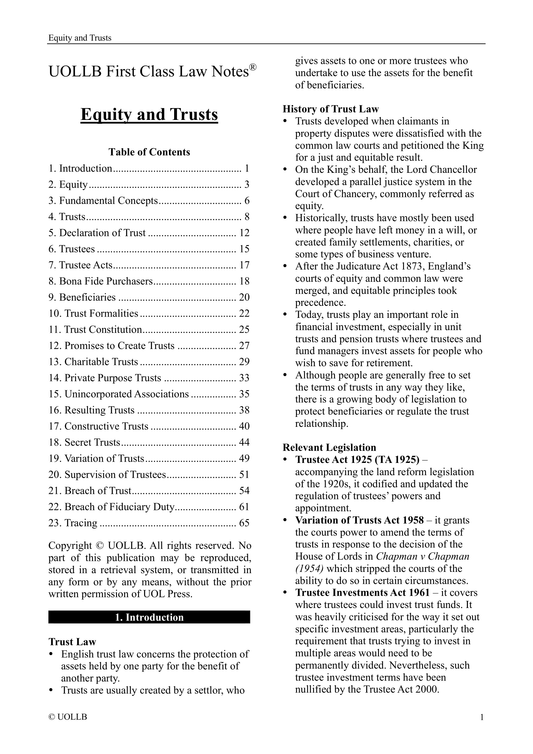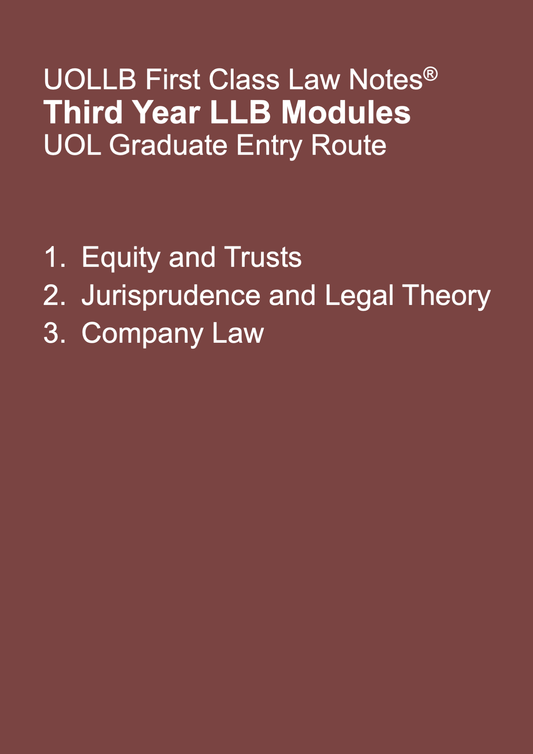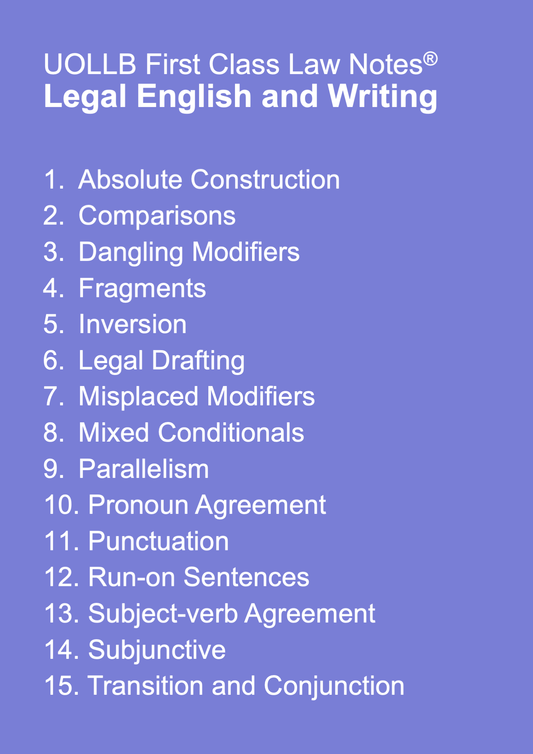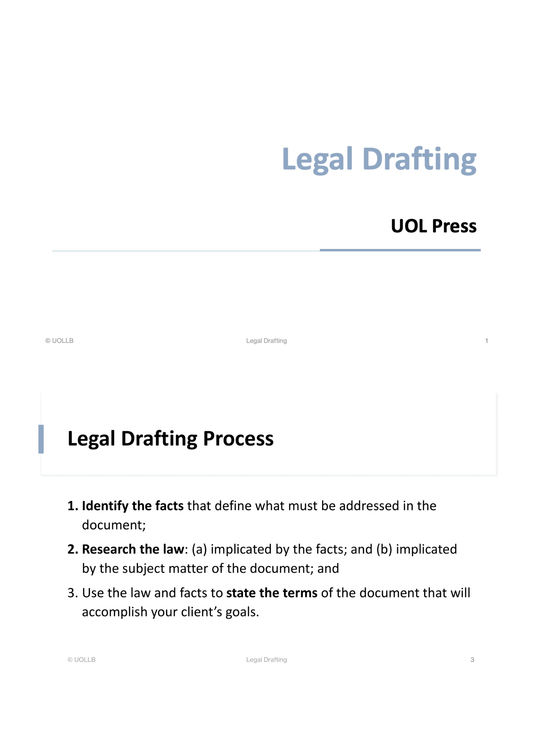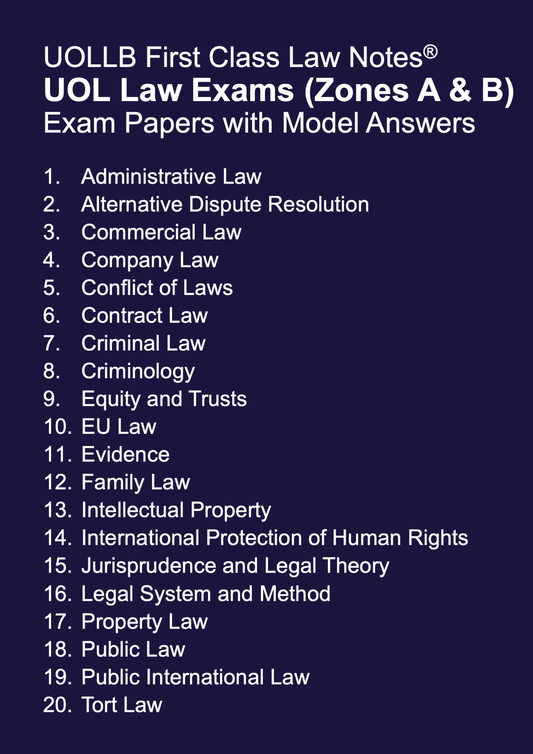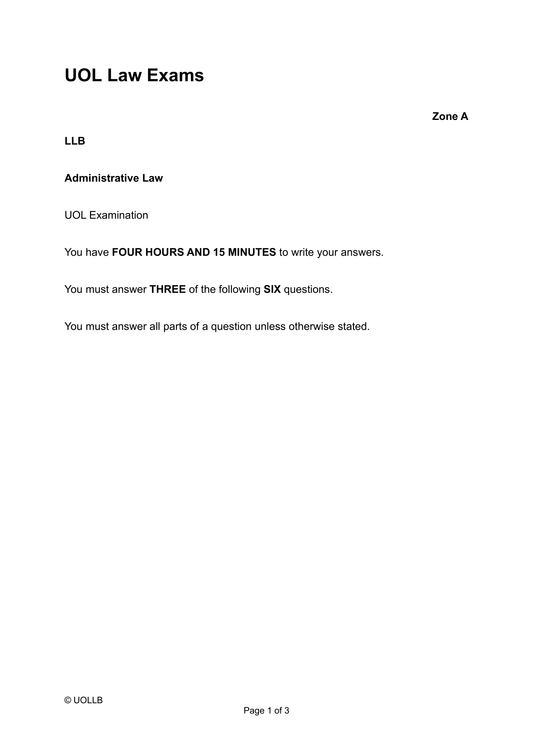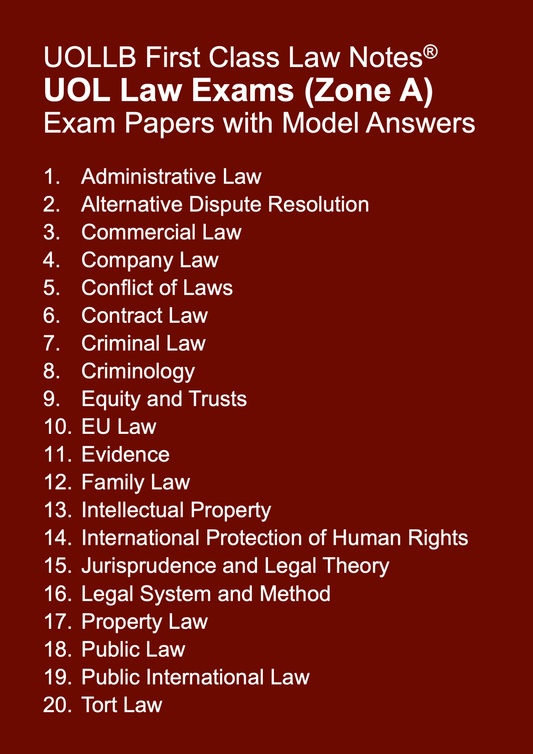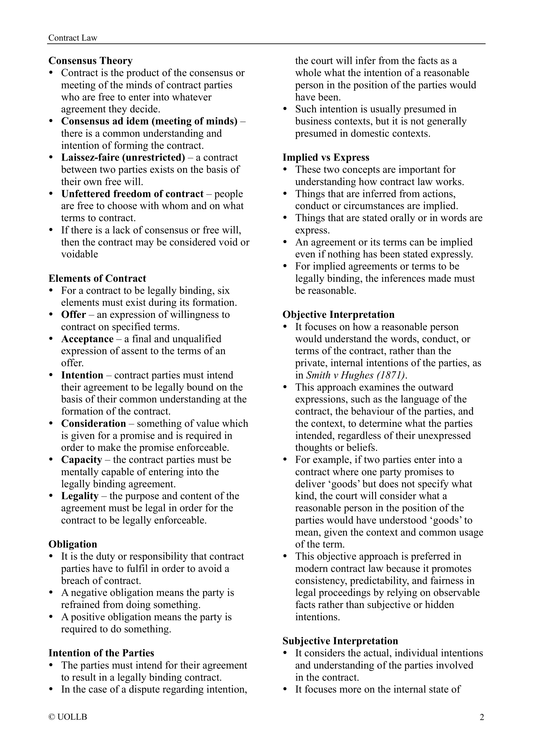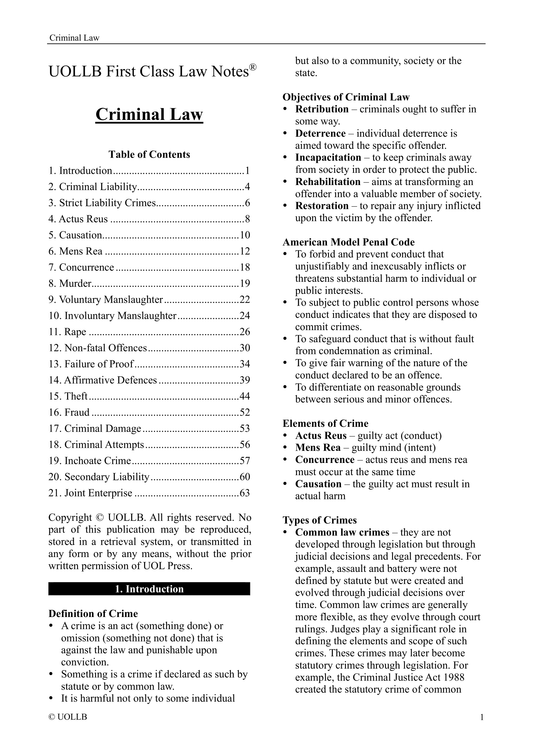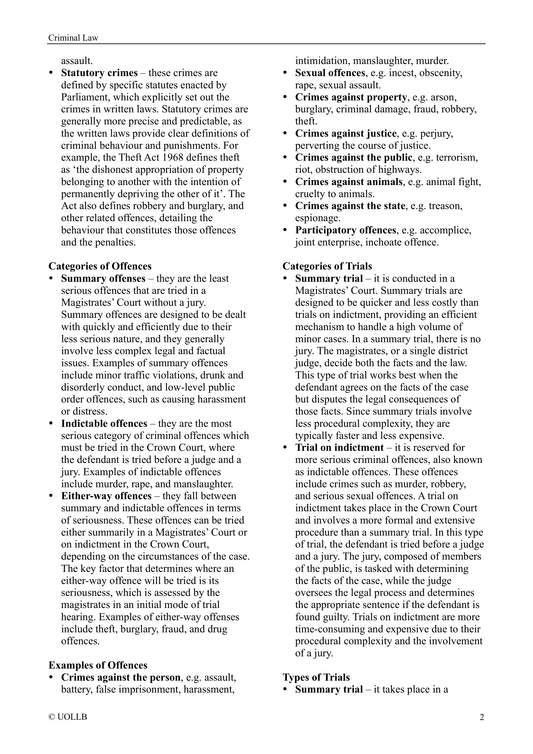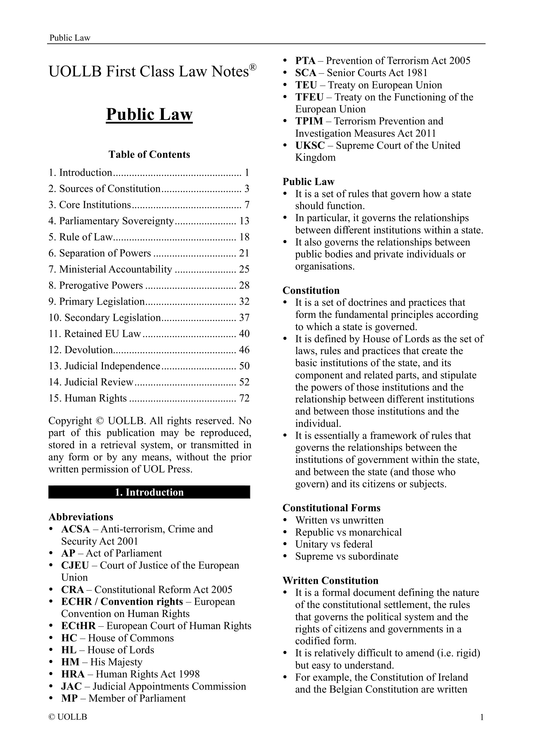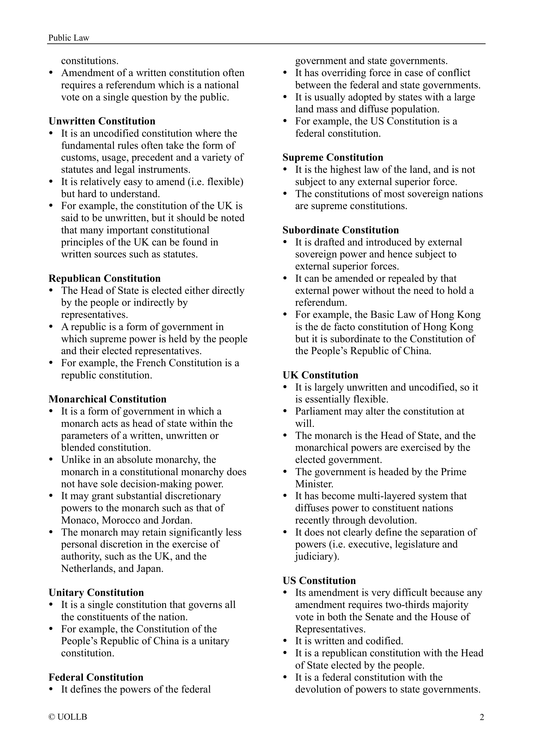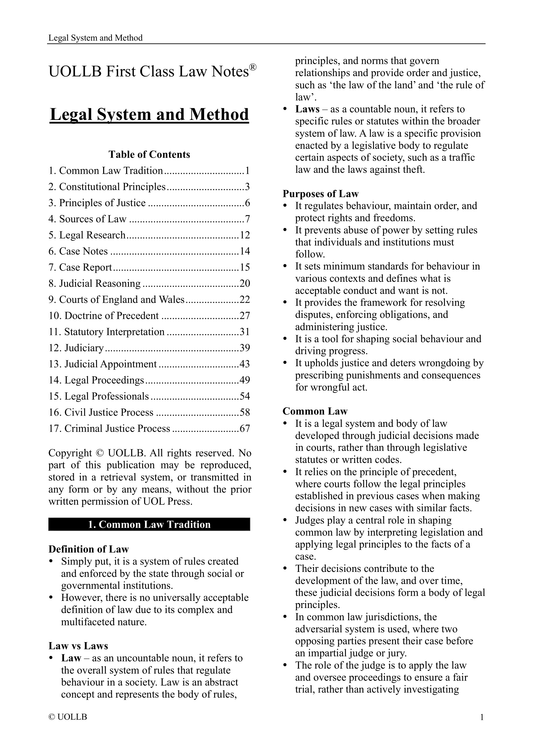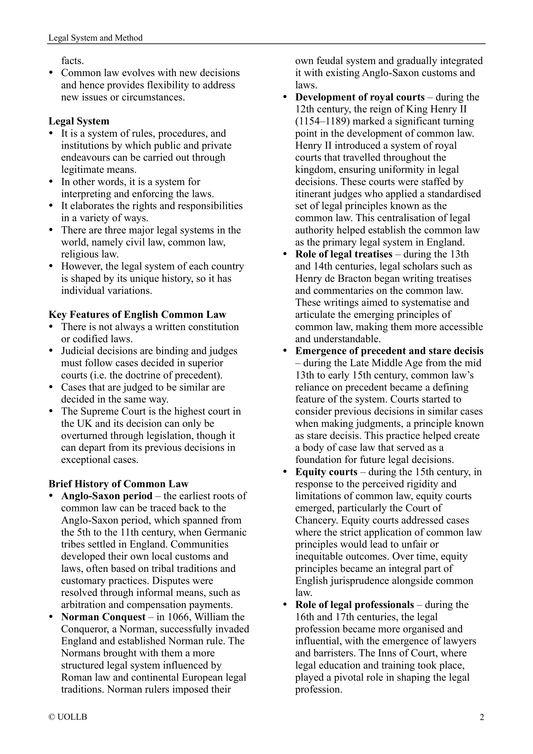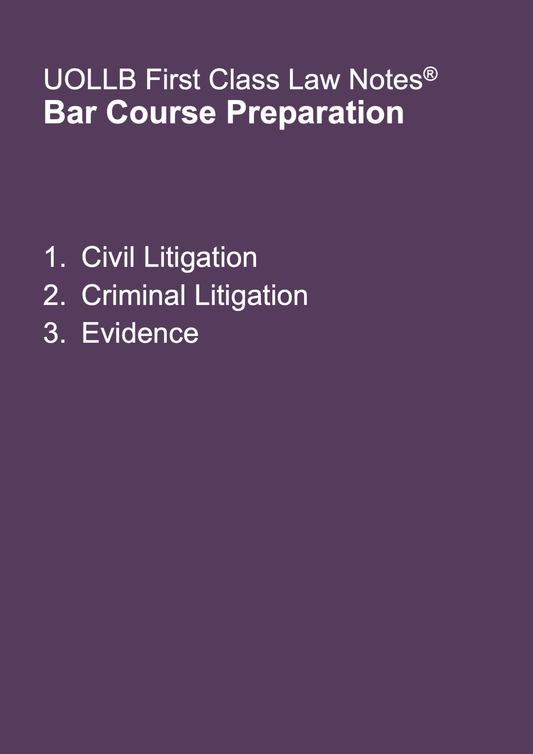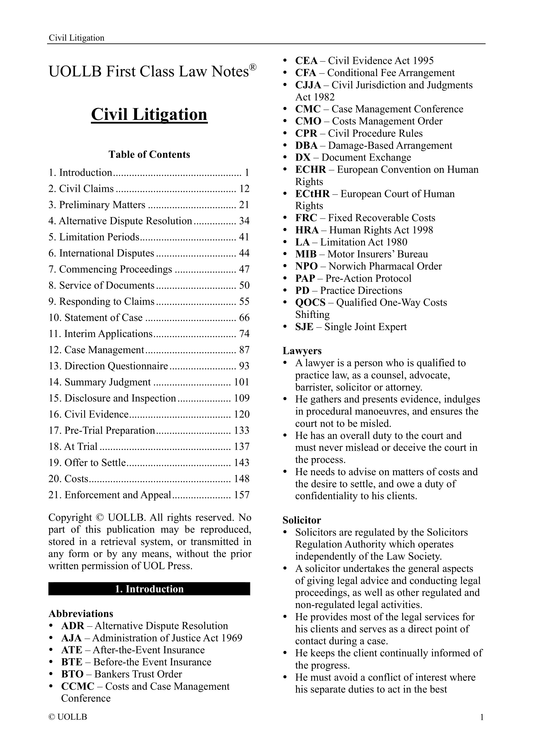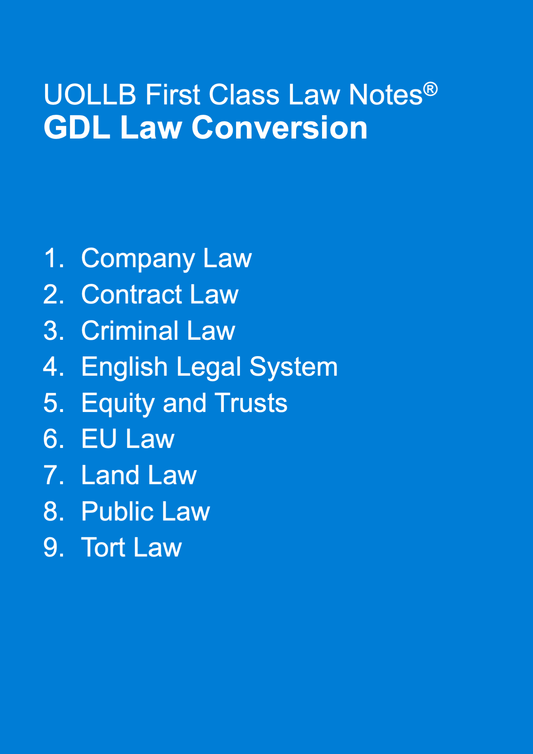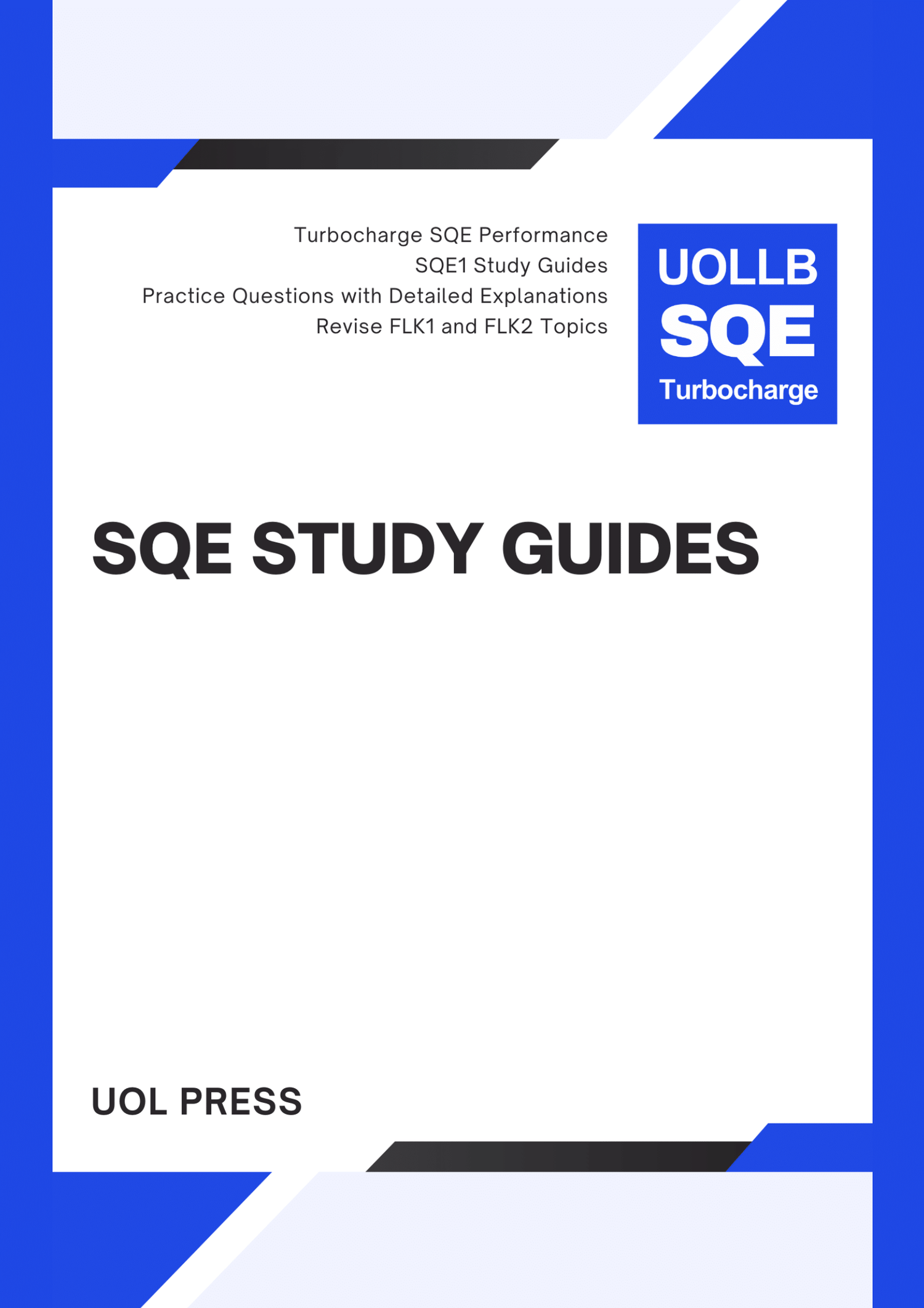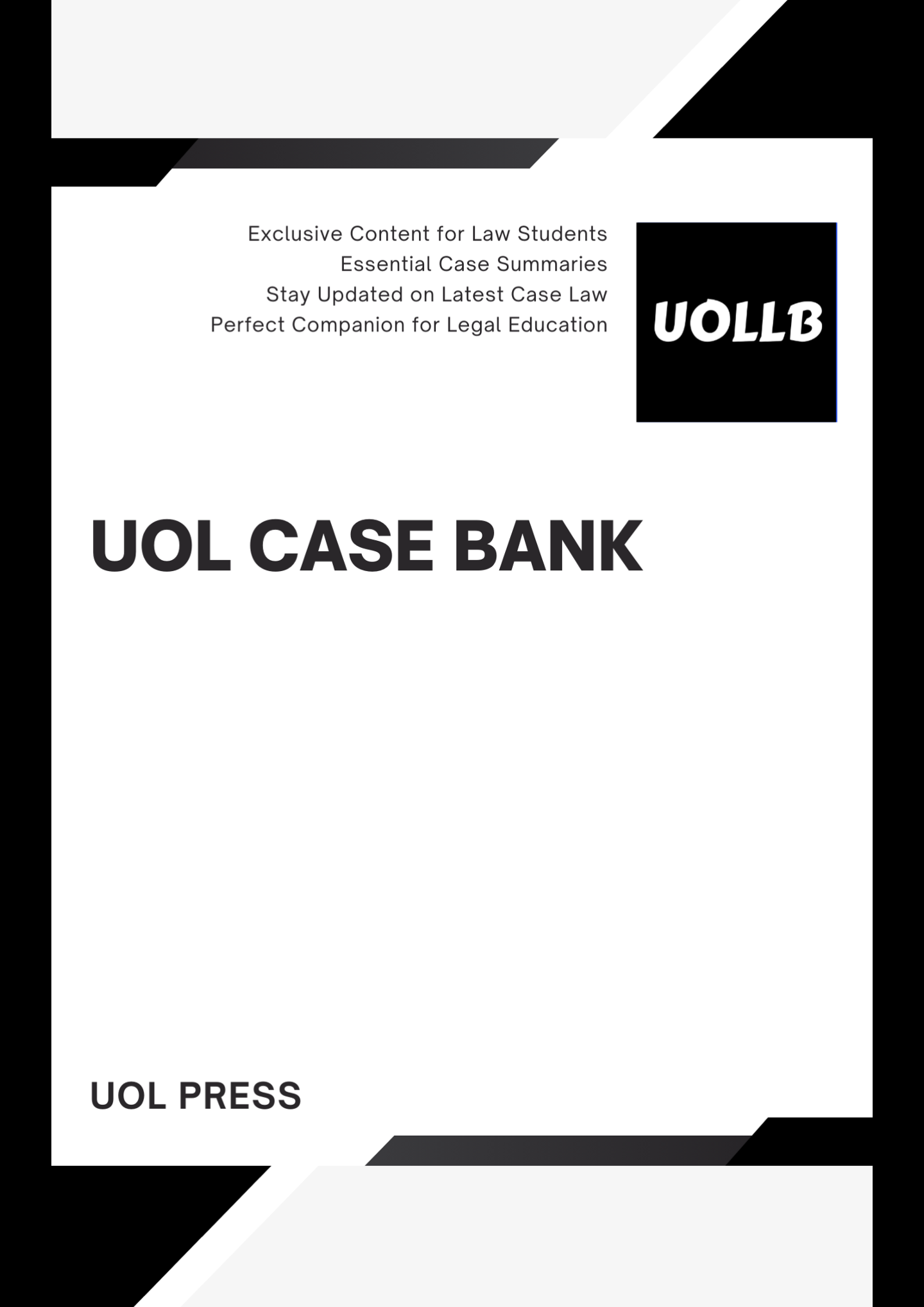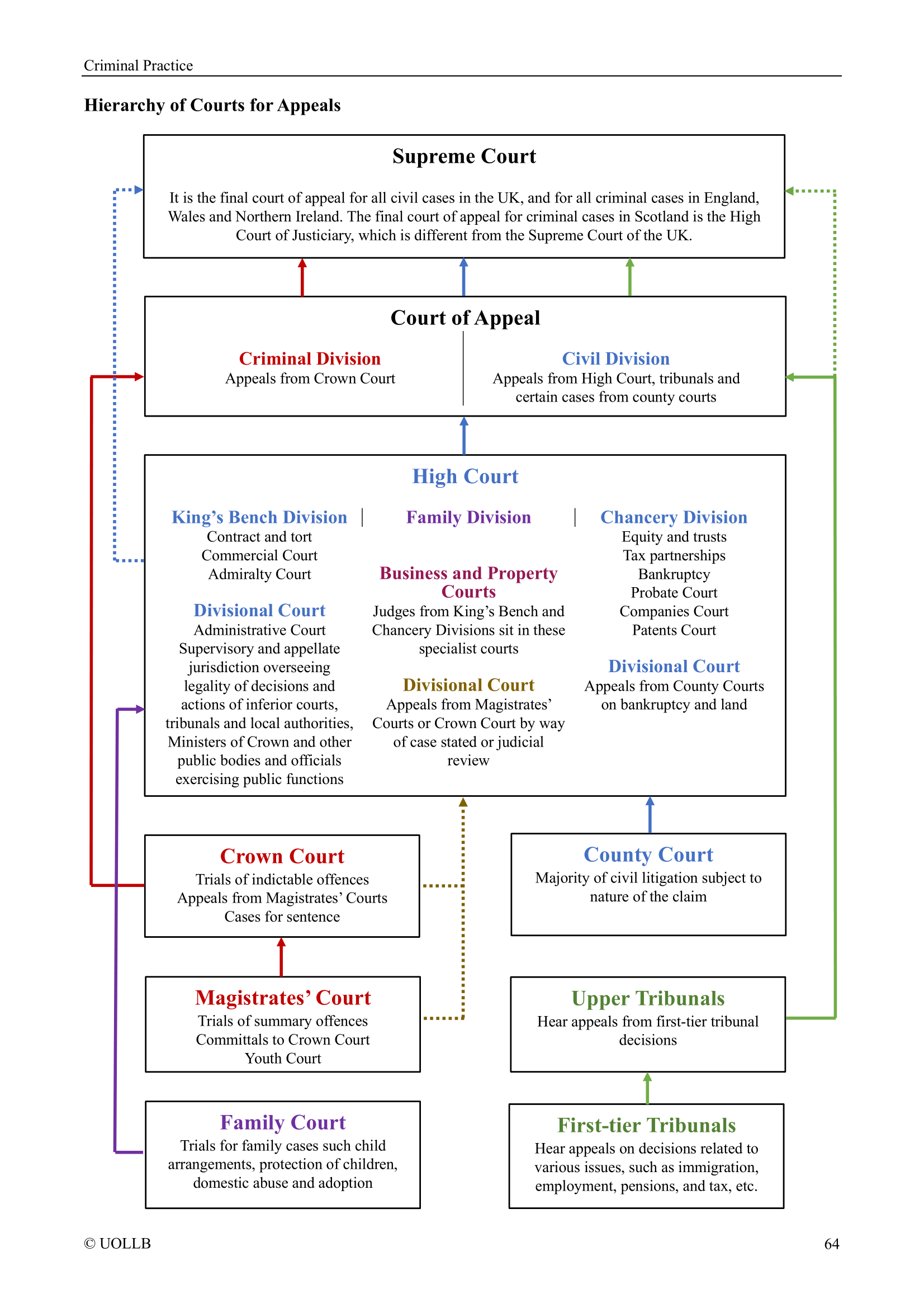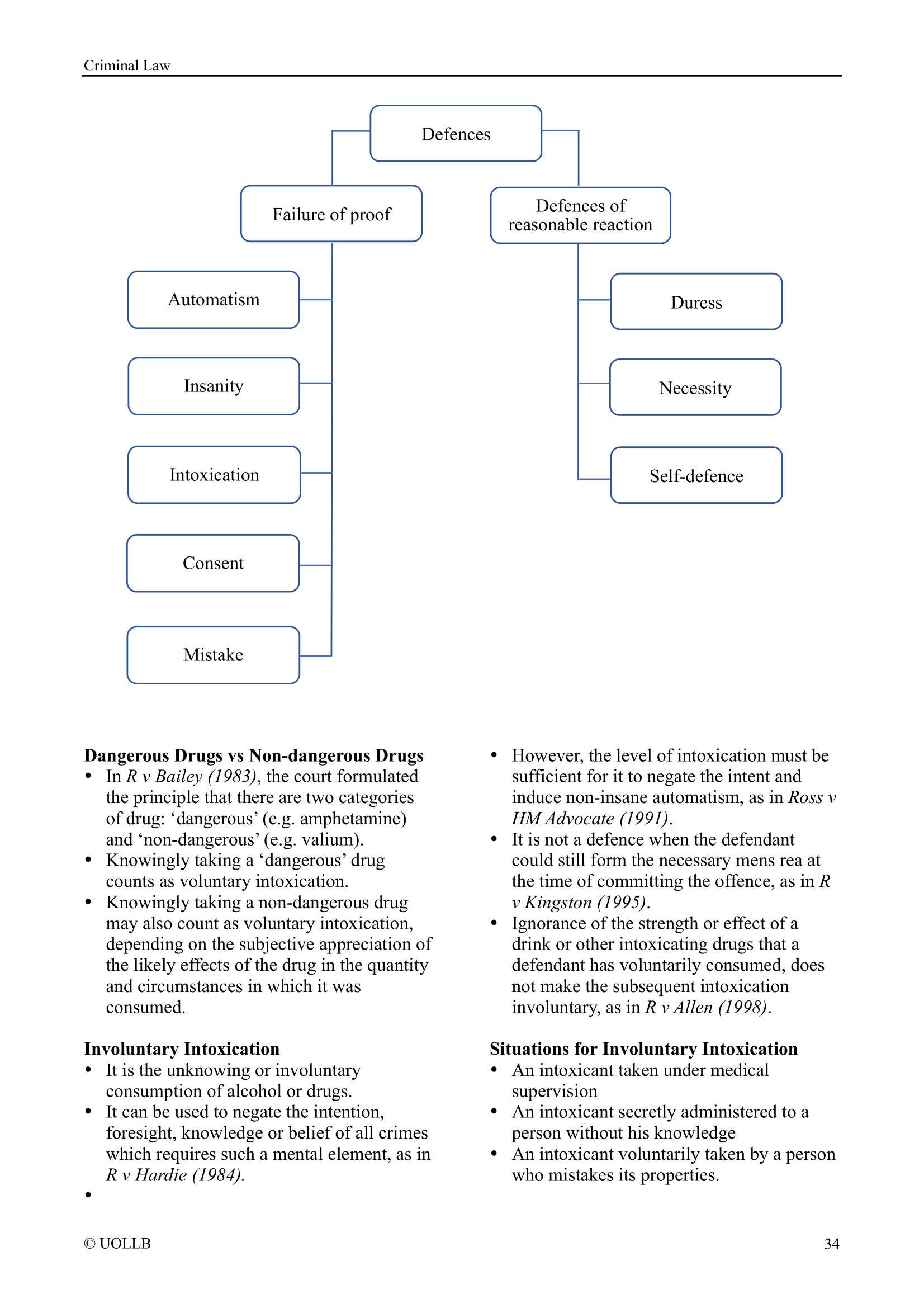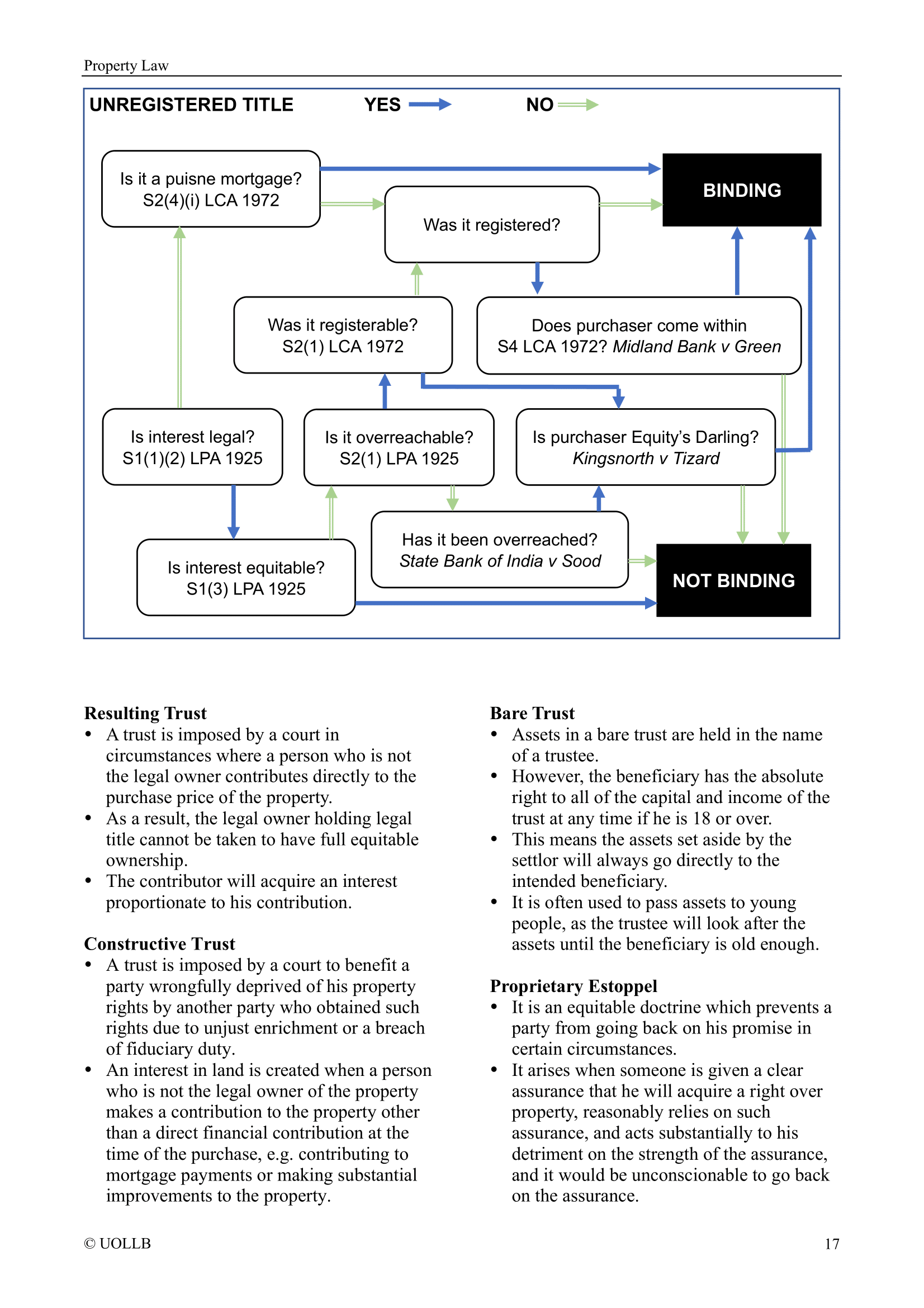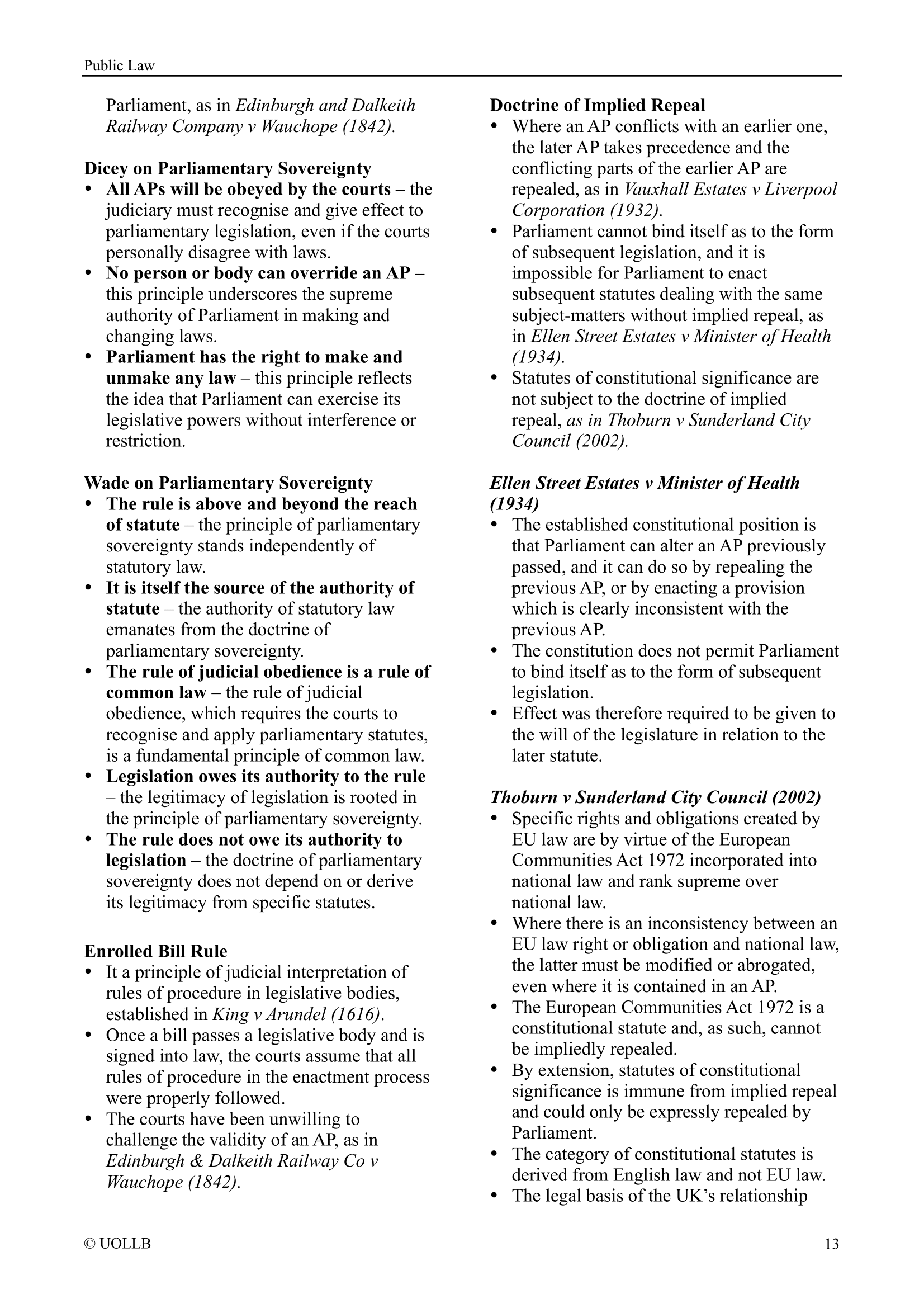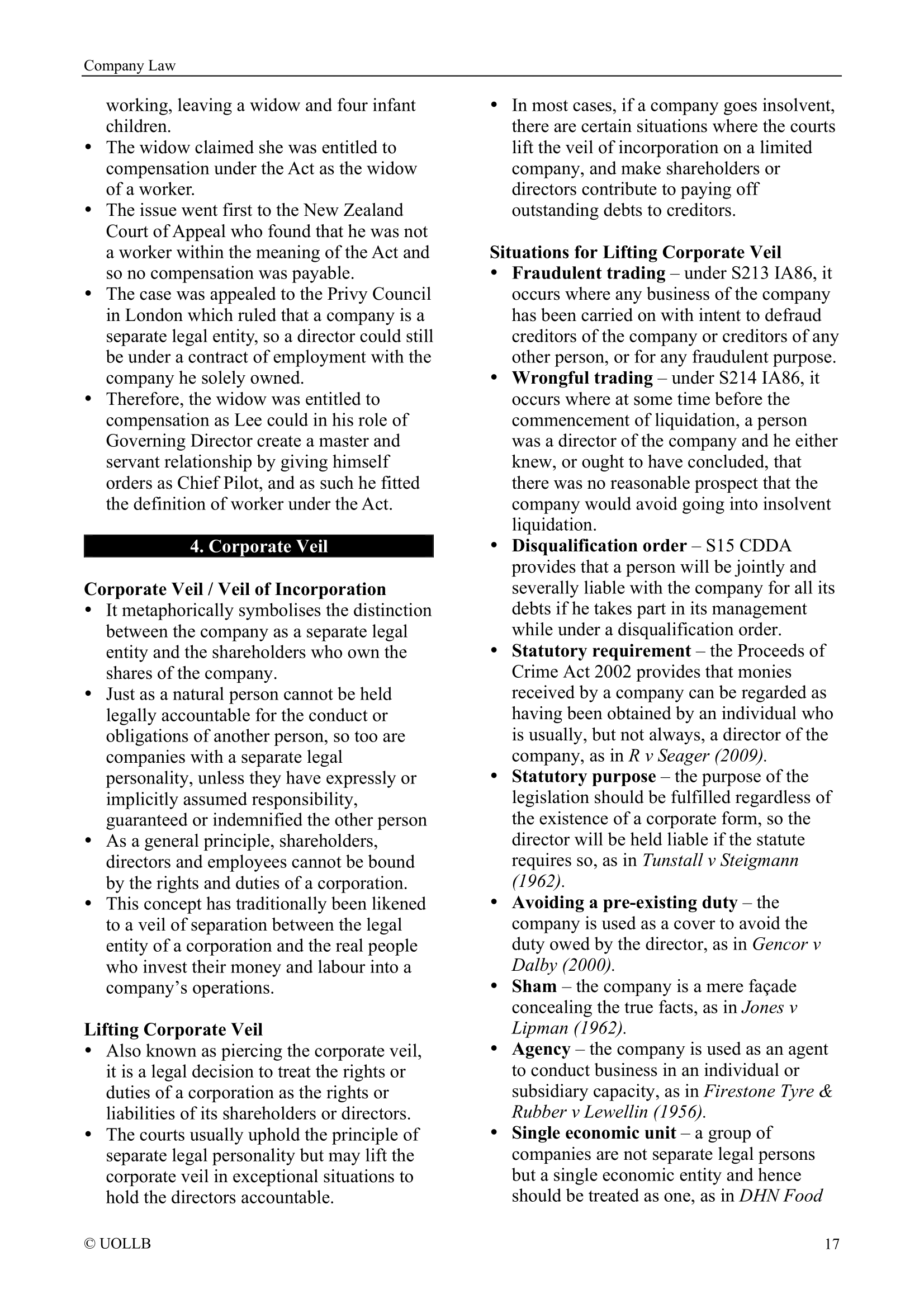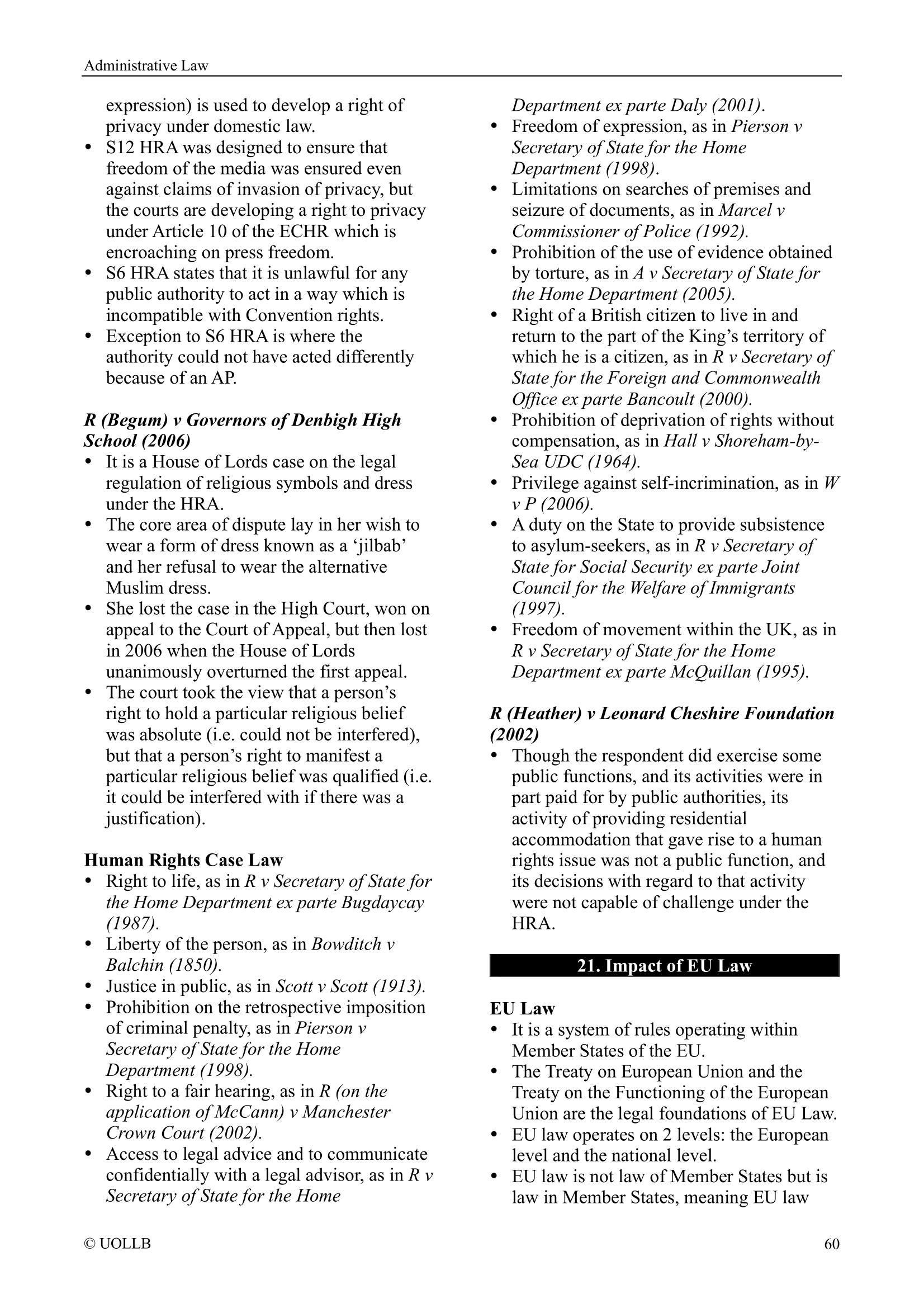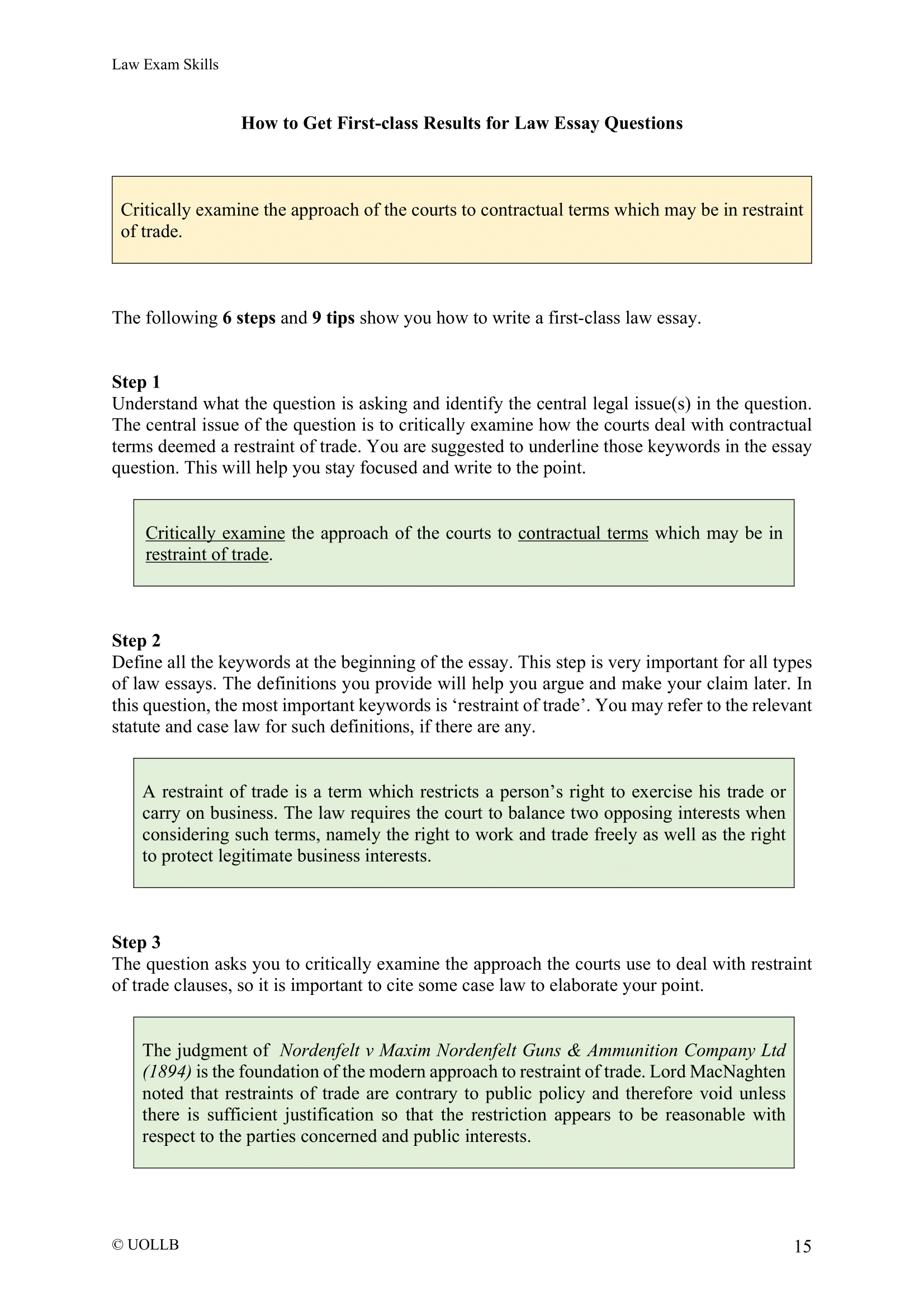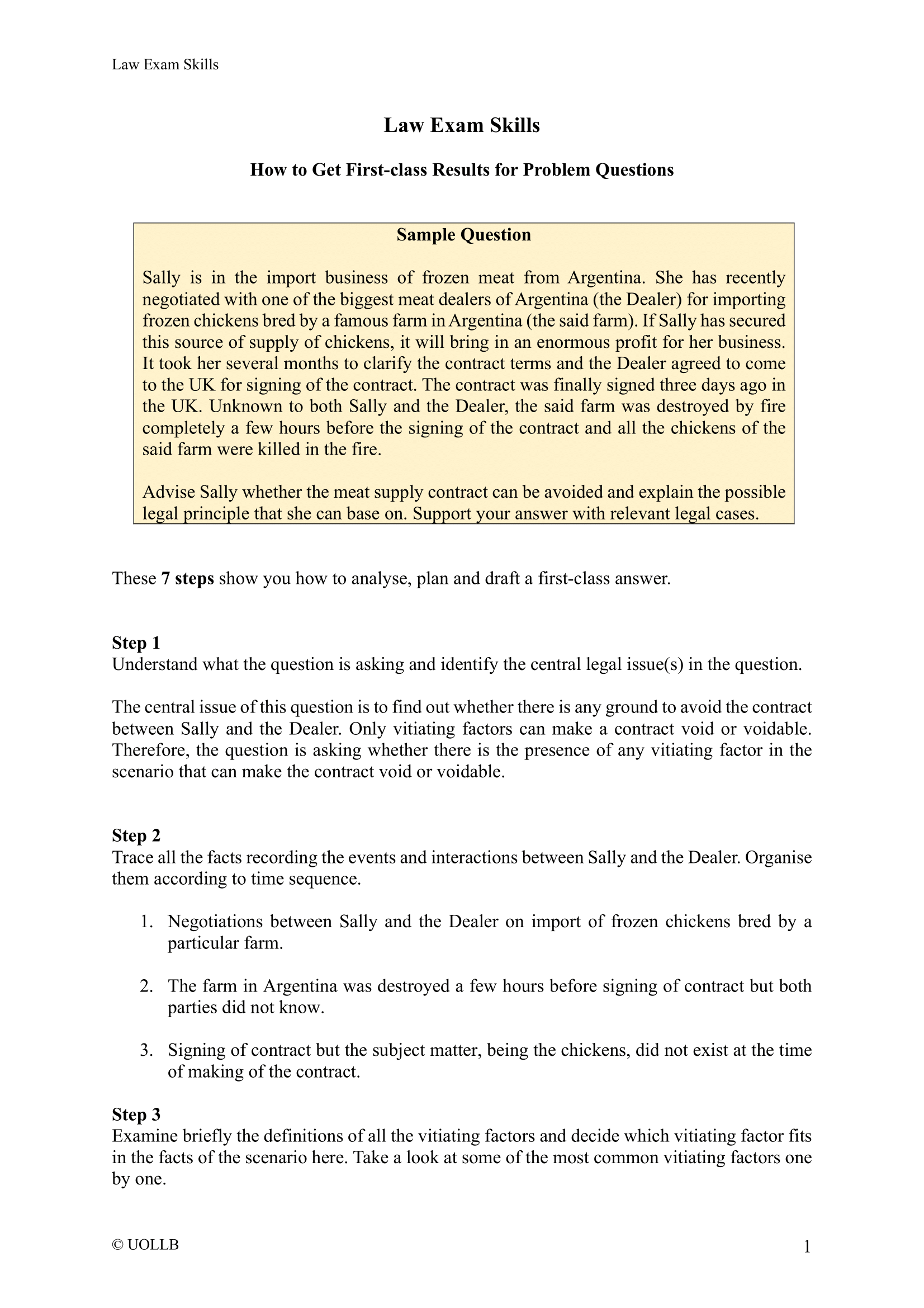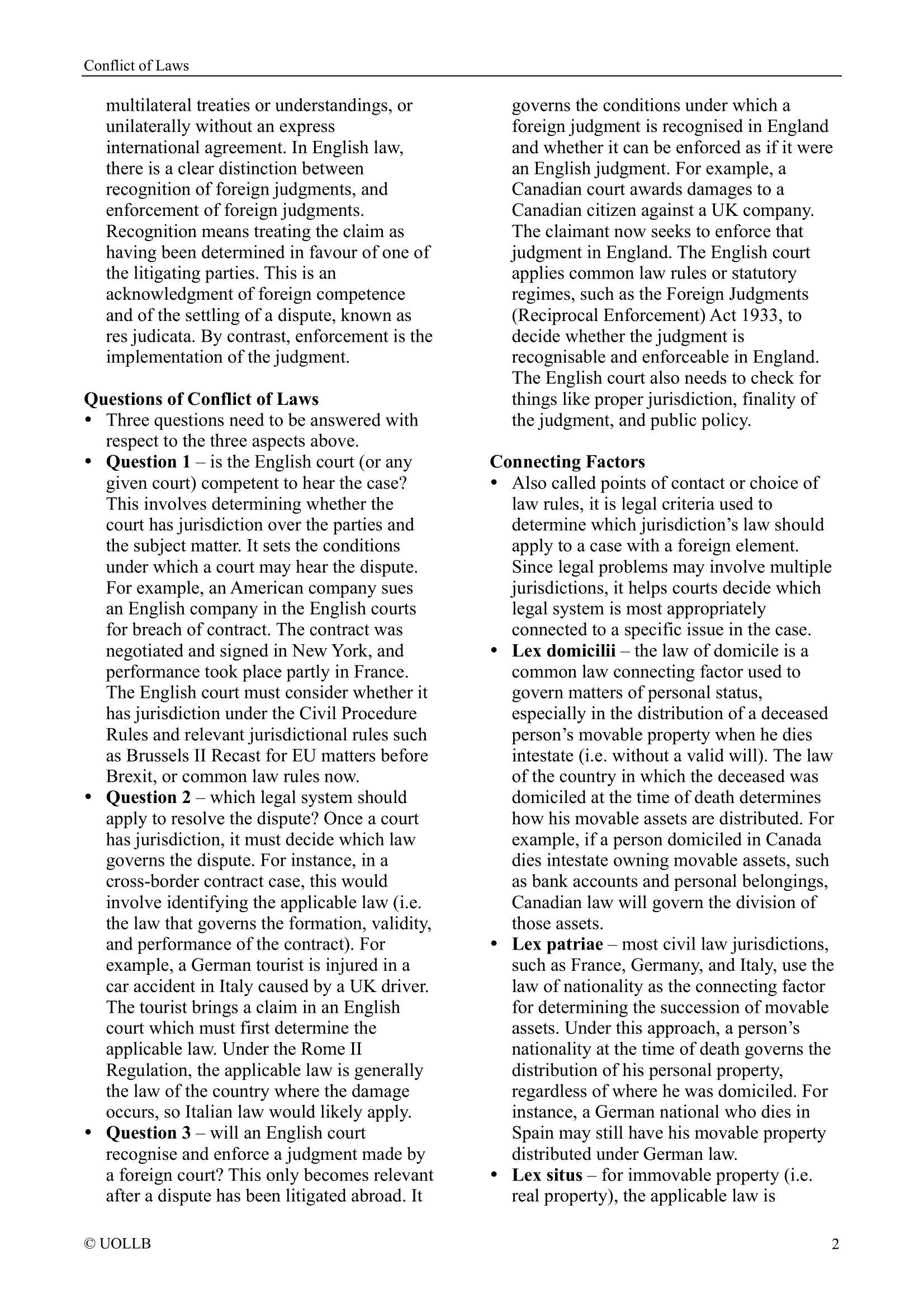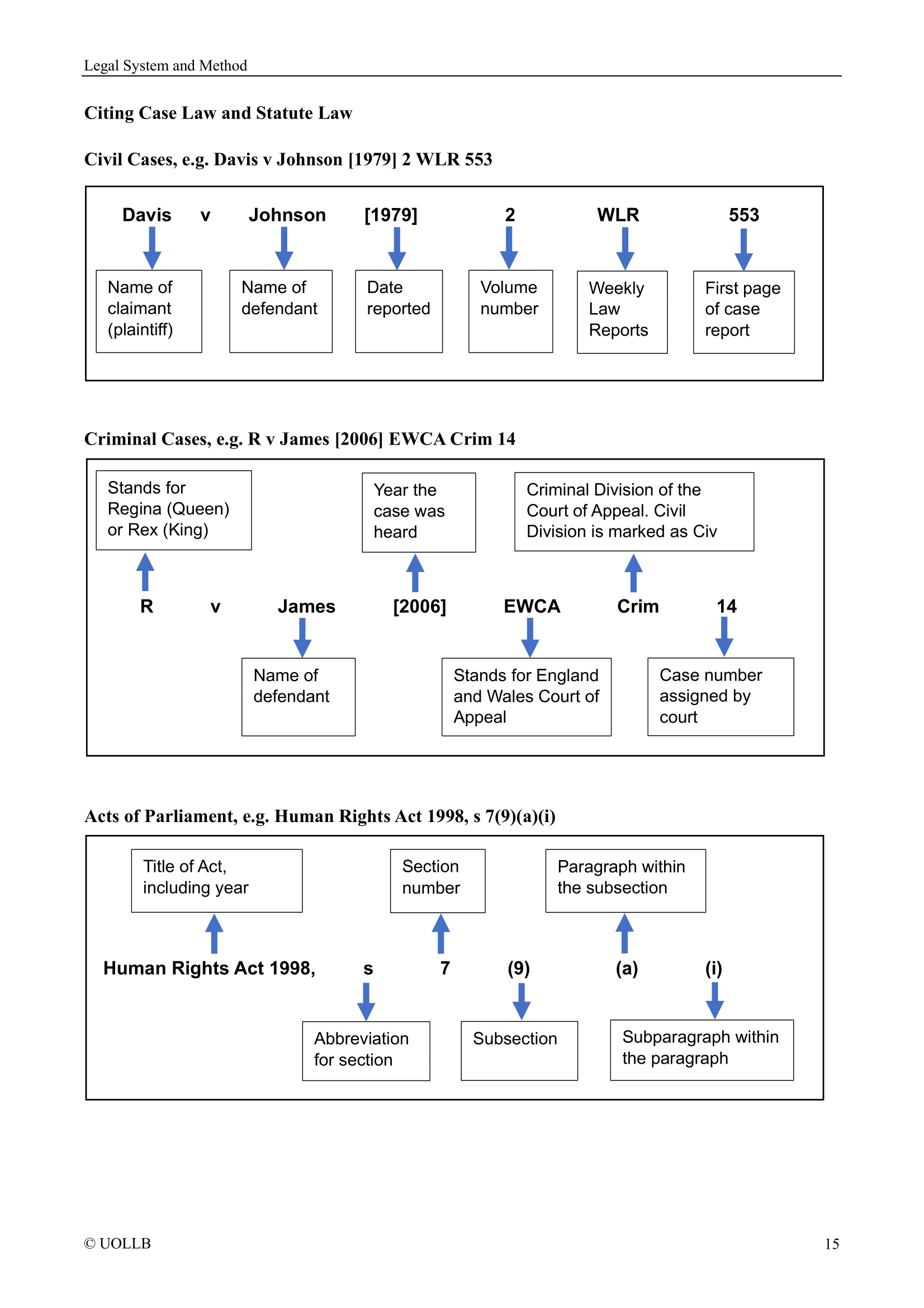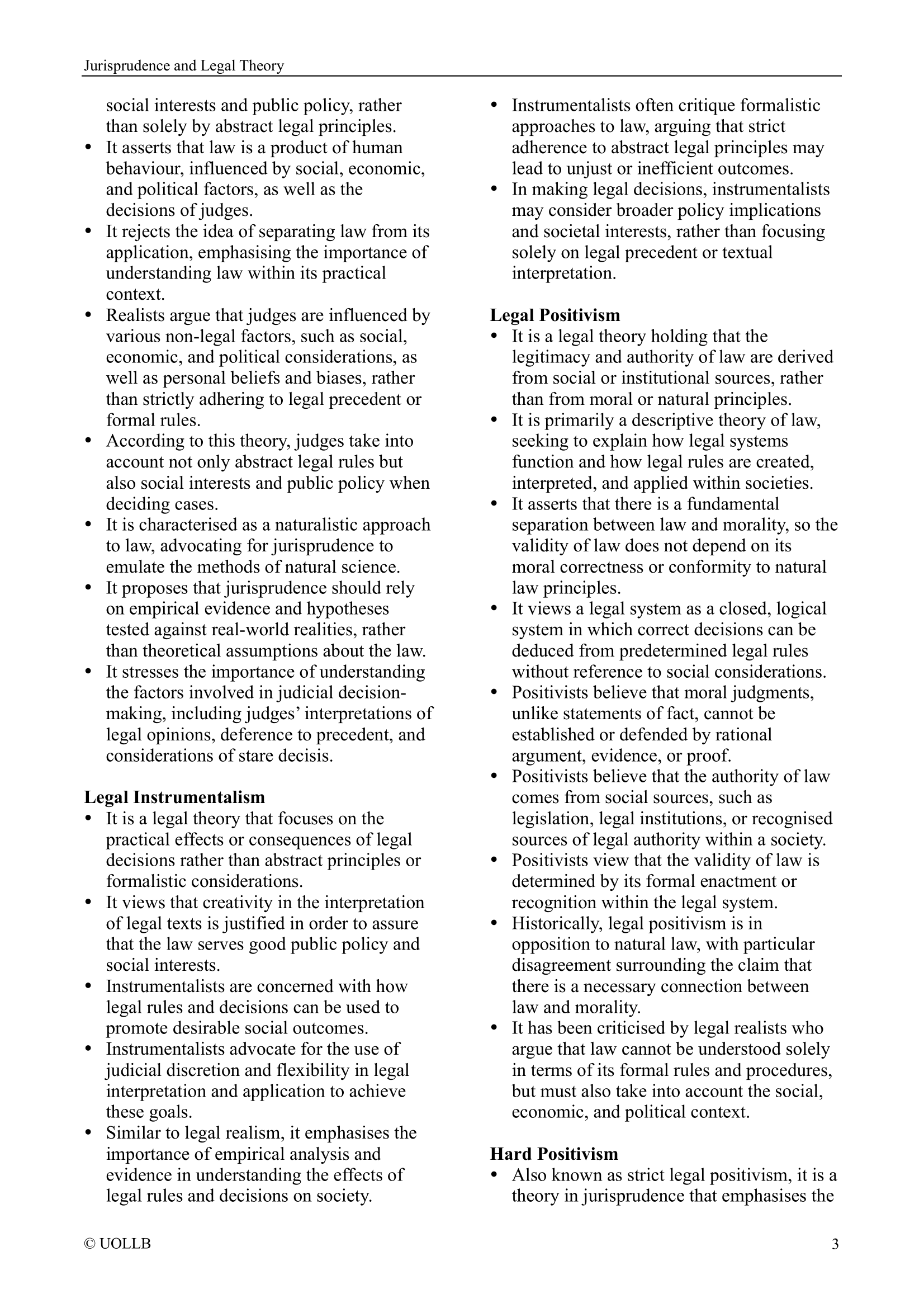Re Gulbenkian’s Settlements Trusts [1968]
Share
Re Gulbenkian’s Settlements Trusts [1968] UKHL 5 is a significant English trusts law case that delves into the issue of certainty within trusts. The case's importance lies in its interpretation of the appropriate tests for certainty in different types of trusts, particularly distinguishing between mere powers and discretionary trusts.
Calouste Gulbenkian, a prominent oil businessman, established a settlement in 1929, outlining that trustees, in their absolute discretion, should allocate trust property to his son Nubar Gulbenkian and various associated individuals. The legal question arose concerning the enforceability of the trust, primarily focusing on its alleged uncertainty.
In the initial instance, Goff J declared the settlement invalid, aligning with the precedent set in Re Gresham's Settlement, where a similar clause was deemed invalid. However, the Court of Appeal took a different stance, deeming the trust valid. Lord Denning MR emphasised the importance of practical applicability, arguing that a condition should be considered good if it possesses an intelligible and ascertainable content. Rejecting the idea of deeming a clause bad for uncertainty unless it rendered the clause meaningless, Lord Denning highlighted the trustees' practical application of the clause without difficulty as a significant factor in validating it.
Moving to the House of Lords, the "is or is not" test for powers of appointment was maintained, asserting that if any individual could be said to be in or not in the class, the objects were sufficiently certain. Lord Upjohn, in reaffirming the list certainty test for discretionary trusts, acknowledged the court's duty to make sense of ambiguous language. However, this decision set the stage for subsequent developments in the understanding of certainty in trusts.
This case marked a transitional phase in the legal interpretation of certainty in trusts. The Court of Appeal's decision, with its emphasis on practical applicability and rejection of stringent certainty requirements, challenged the established norms. This departure from strict adherence to the list certainty test contributed to the evolving landscape of trust law.
Lord Denning's perspective championed a reasonable interpretation of language, relying on the court's judicial knowledge, experience, common sense, and the desire to make sense of the settlor's intentions. He argued against dismissing a clause for uncertainty unless it made the clause entirely nonsensical. Meanwhile, Lord Upjohn reaffirmed the list certainty test for discretionary trusts but acknowledged the court's duty to make sense of ambiguous language. Lord Reid acknowledged the difficulty in determining certain aspects but considered it sufficient for a trust to succeed.
This evolution culminated in the subsequent case, McPhail v Doulton [1970], where the House of Lords abandoned the list certainty test for discretionary trusts. The decision in Re Gulbenkian’s Settlements Trusts played a pivotal role in challenging the strict requirements of certainty in trusts, ushering in a more flexible and nuanced approach in subsequent cases.
